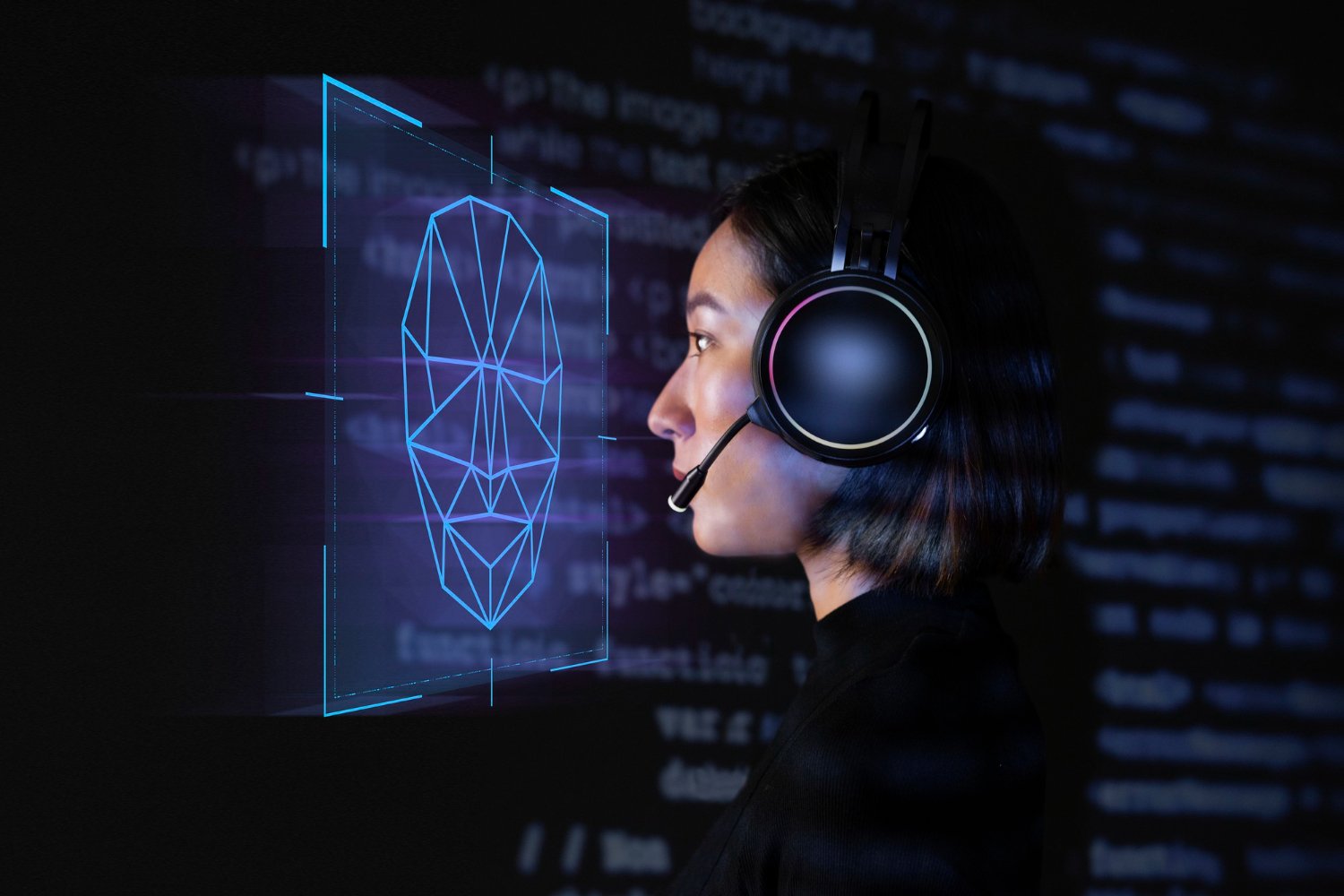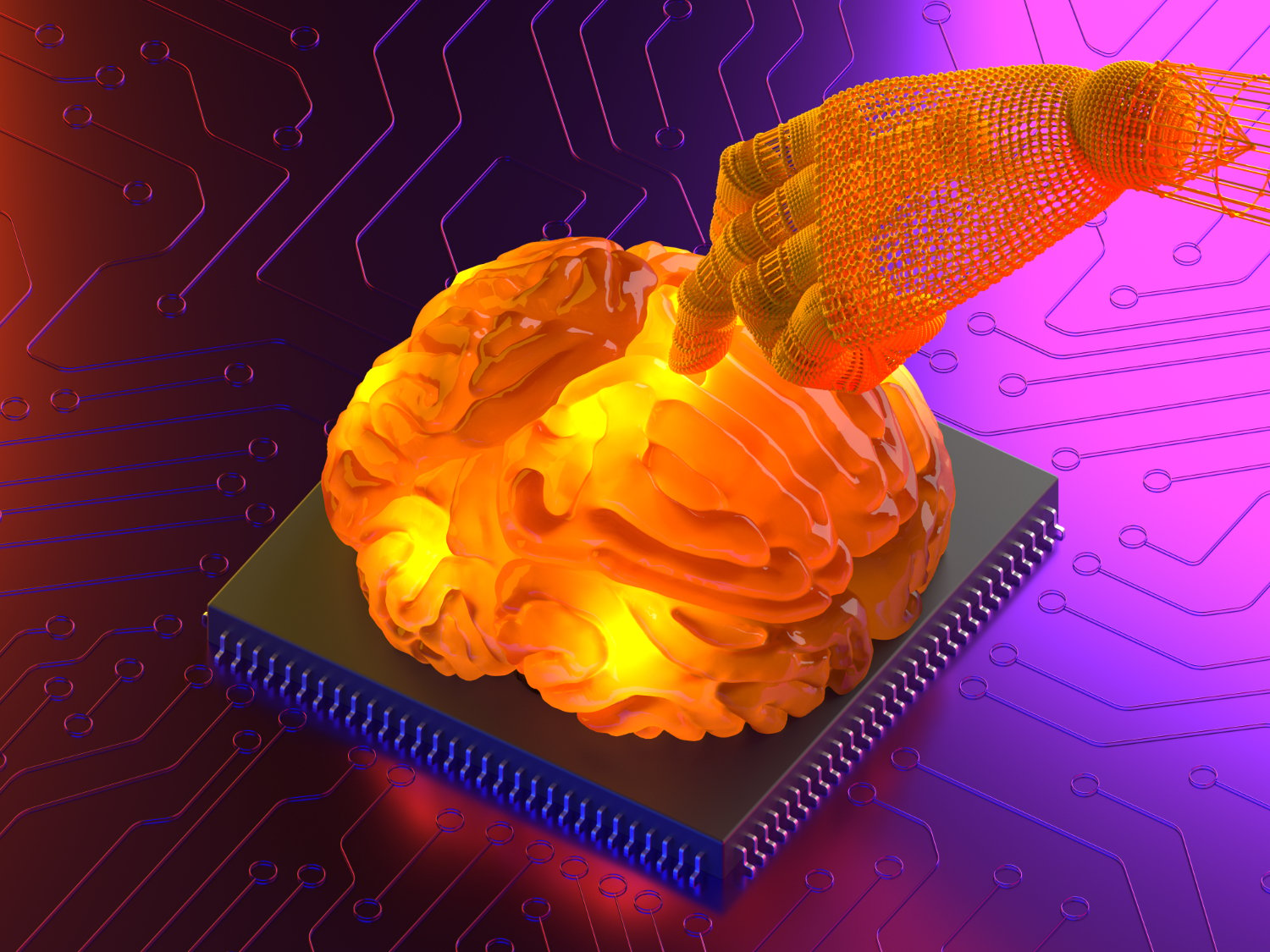Explainable AI and Generative Diffusion Models: An Overview
Explainable AI and generative diffusion models are key advancements in artificial intelligence. Diffusion models, known for their complex ability to generate images and realistic outputs, are gaining attention across industries. However, understanding how these models work and ensuring transparency, known as explainable AI, is equally important.
In this article, we break down the essentials of diffusion models and explain how they function. From the use of neural networks to image generation and training data, we cover how they operate and where TechnoLynx can assist.
What Are Diffusion Models in Generative AI?
Diffusion models are a type of generative model that creates images, text, or other outputs based on patterns learned from data. These models rely on processes involving Markov chains and probabilistic diffusion to gradually modify data until it aligns with a specific pattern. The purpose of diffusion models is to create high-quality, realistic images or text resembling real-world data.
Unlike traditional machine learning models, which often predict one outcome, diffusion models generate a range of results. This flexibility makes them suitable for creative tasks, such as art, animation, and more.
How Do Diffusion Models Work?
At a basic level, diffusion models work by adding Gaussian noise to data in a controlled manner. Imagine starting with a clear image and slowly adding random noise until it becomes unrecognisable. The model then learns to reverse this process, removing noise to recreate a clean image. This reverse action is what makes generative diffusion models effective at producing realistic results.
To create new data, the model starts with random noise and applies what it has learned in reverse, producing a recognisable image, text, or output. This approach combines deep learning techniques with probability, allowing the model to form patterns that match the training data it has seen.
Key Components of Generative Diffusion Models
Several key components make generative diffusion models function effectively. Here’s a breakdown:
-
Training Data: Models rely on large sets of data to understand the patterns needed for image generation.
-
Neural Network: The model architecture typically uses a neural network to process data, learning which patterns to keep or discard.
-
Latent Space: This is a compressed version of the data where features are simplified, making it easier for the model to focus on essential details.
-
Markov Chain Process: The Markov chain forms the backbone of diffusion models, creating a sequential pattern for adding or removing noise.
-
Reverse Diffusion Process: The reverse action is crucial, as it takes noisy data and turns it into a final, recognisable result.
-
Gaussian Noise: Noise functions as the raw material, starting as random patterns that transform into the desired output.
The Importance of Explainable AI in Diffusion Models
Explainable AI (XAI) focuses on transparency, helping people understand how AI systems reach their conclusions. In diffusion models, explainable AI provides insights into how the model processes noise, identifies patterns, and generates realistic images.
For example, if a model generates an image of a dog, explainable AI tools can show the stages the model went through to identify the dog’s shape, colours, and other characteristics. This transparency is essential, particularly in fields where AI-generated results affect decisions, such as healthcare, finance, and legal matters.
Why Explainable AI Matters in Generative Models
Generative models, like diffusion models, often produce complex outputs. Explaining how these outputs are generated builds trust and ensures that AI applications meet ethical and technical standards. When organisations use explainable AI, they can trace the process that led to a specific result, helping to catch errors or biases in the model.
At TechnoLynx, we provide tools and support to make AI models more transparent. By implementing explainable AI practices, we help organisations manage complex data and achieve reliable results.
Diffusion Probabilistic Models and Their Applications
Diffusion Probabilistic Models (DPMs), including Denoising Diffusion Probabilistic Models (DDPM), are widely used in image generation. DPMs use diffusion processes to transform simple patterns into complex, high-quality images. DDPMs specifically remove noise, refining the output to a cleaner form.
DDPMs have applications beyond image generation. They support:
-
Medical imaging: Creating clear images from noisy data.
-
Content creation: Generating visuals, animations, and artworks.
-
Data reconstruction: Filling gaps in datasets with realistic patterns.
By using stable diffusion and robust model architectures, these models generate consistent results across a variety of fields.
Understanding Stable Diffusion and Model Architecture
Stable diffusion is an extension of basic diffusion models, focusing on consistent outputs. Stability is critical in industries where small variations can lead to significant issues, such as autonomous driving or medical diagnostics. The stability in diffusion models comes from their ability to manage noise without losing the essential structure of the data.
Model architecture plays a key role. Complex models often require deep neural network layers, each layer focusing on different parts of the data. In generative AI, models with stable diffusion produce higher-quality outputs with fewer errors. A robust model architecture ensures that AI systems can handle real-world data, producing reliable results under varied conditions.
Score-Based Generative Models and Their Functionality
Score-based generative models use a scoring system to guide the generation process. Each possible output receives a score, with higher scores assigned to patterns that resemble the training data. This system helps the model avoid random, unstructured noise, producing realistic outputs.
Score-based models are valuable in AI because they reduce random errors. They allow the model to create a refined product that aligns with real-world patterns. For instance, a score-based system in a generative model producing animal images would score higher for realistic animal shapes, ensuring consistency.
Using Score-Based Generative Models for Image Generation
When generating images, score-based systems ensure each pixel aligns with the model’s learned patterns. This setup improves the overall quality, as each component of the generated image contributes to a coherent whole. The approach is especially useful in high-stakes applications where small details can impact outcomes.
The Role of Latent Space in Diffusion Models
Latent space represents data in a simplified form containing only the essential features. In diffusion models, latent space allows the AI to manage large datasets by focusing on critical features instead of every detail. This area also serves as the foundation for the model’s reverse diffusion process, where the data shifts from a simplified version back into a realistic image.
Latent space ensures that the model can produce quality results even with complex data. It’s a key element in keeping generative models efficient. At TechnoLynx, we support the optimisation of latent space to help organisations manage data-intensive AI systems.
Denoising and Reverse Diffusion Processes
Denoising and reverse diffusion are crucial to diffusion models. Denoising removes unnecessary patterns, clarifying the image as the model learns from noisy data. The reverse diffusion process then rebuilds the clean image from noise.
This approach ensures high accuracy, as each step refines the final output. By understanding this process, organisations can develop AI systems that replicate real-world data with precision.
Applications and Benefits of Generative Diffusion Models
Generative diffusion models have broad applications, from entertainment to scientific research. Here’s a closer look at their main benefits:
-
Image Generation: Diffusion models excel in creating realistic images. Industries like media, marketing, and e-commerce benefit from these models to produce lifelike visuals.
-
Medical Imaging: These models improve diagnostic imaging, where clarity and detail are essential.
-
Scientific Simulations: In research, diffusion models simulate scenarios, helping scientists visualise complex processes.
-
Creative Content: Artists and creators use generative AI to produce content that blends digital and real-world elements, enhancing their work.
The versatility of diffusion models extends their applications, helping companies operate efficiently and creatively.
Enhancing Diffusion Models with Real-Time Data and Cloud Integration
Diffusion models, while traditionally designed for generating static images, are now evolving to process real-time data. This advancement opens doors to new applications in fields where timely information is crucial. For instance, in financial markets, healthcare monitoring, and interactive digital media, these models can quickly analyse and transform incoming data into valuable outputs.
Real-time processing allows AI systems to respond to changes as they happen, rather than relying solely on historical data. A model designed to analyse social media sentiment for a marketing campaign can now react to trending topics. It can also react to changes in public opinion. Similarly, healthcare applications could monitor patient vitals continuously, identifying anomalies and generating alerts.
Cloud Integration for Scalable AI
Cloud platforms support the massive data processing needs of generative AI models, making them scalable and more accessible. With cloud infrastructure, companies can train and deploy diffusion models without investing heavily in on-site hardware. This setup also enables remote access, letting teams interact with these models from anywhere.
Integrating generative models with cloud-based solutions brings several advantages:
-
Scalability: As data requirements increase, the cloud scales accordingly, accommodating growth without compromising performance.
-
Cost Efficiency: Cloud providers offer flexible pricing models, allowing organisations to pay only for the resources they use.
-
Collaboration: Cloud-based models make it easier for global teams to collaborate, accessing real-time updates and contributing insights.
At TechnoLynx, we help clients incorporate real-time data processing and cloud integration into their AI systems, ensuring models operate efficiently and securely across diverse environments.
Diffusion Models in Virtual and Augmented Reality
The intersection of generative diffusion models with virtual reality (VR) and augmented reality (AR) is another emerging area. In VR and AR applications, these models generate lifelike images and environments that users can interact with in real time. For instance, a VR application can use diffusion models to create dynamic environments that change based on user interactions, producing immersive, responsive experiences.
In AR, these models help blend digital objects seamlessly with physical environments. A retail app could allow users to place virtual furniture in their living rooms, showing realistic textures, lighting, and shadows. By incorporating diffusion models, these virtual elements look natural and consistent with the physical space, enhancing the user’s experience and making digital previews more accurate.
With the growing demand for immersive experiences, TechnoLynx works with businesses to integrate diffusion models into VR and AR platforms. Our goal is to provide high-quality, adaptable solutions that elevate user engagement and experience.
Overcoming Challenges in Generative Diffusion Models
Despite the potential of generative diffusion models, certain challenges exist, including processing power demands, managing vast datasets, and ensuring interpretability. For companies looking to integrate these models, addressing these challenges early on is key to a smooth implementation.
-
Processing Power: Generative models often require significant computational power, particularly during training. Efficient hardware or cloud solutions are essential to handle these demands.
-
Data Management: High-quality data is critical. In diffusion models, poor-quality data can lead to errors or biased outputs. Companies need robust data management strategies to ensure their models learn accurately.
-
Explainability: Maintaining interpretability is challenging but essential. Using explainable AI principles, TechnoLynx helps clients understand the output generation process, offering transparency in complex systems.
By supporting clients with technical and strategic solutions, we enable effective use of generative models across diverse industries.
Ethical Considerations in Explainable Generative AI
The use of generative diffusion models raises ethical questions, particularly around data privacy and bias. For example, models trained on biased data can produce biased outputs, perpetuating existing stereotypes. Ensuring transparency through explainable AI helps identify and correct these biases.
Data privacy is also a concern, especially in sensitive industries like healthcare or finance. Diffusion models that generate realistic images from personal data need strict privacy protocols to prevent misuse. At TechnoLynx, we prioritise ethical considerations, ensuring every model complies with industry standards and maintains data integrity.
We support clients in implementing these ethical safeguards, providing guidance on fair and responsible AI practices. By adopting these standards, businesses can trust that their AI systems are not only effective but also ethical and compliant with legal standards.
With a focus on transparent, ethical AI, TechnoLynx helps clients navigate complex AI environments responsibly and effectively.
How TechnoLynx Supports Diffusion Model Implementation
TechnoLynx specialises in AI solutions, with a focus on making generative diffusion models accessible for businesses. Our team provides the solutions and support needed to integrate diffusion models into existing systems, including training on explainable AI principles.
We assist clients in building AI models that meet their specific needs, from image generation to scientific data reconstruction. With an emphasis on stability, quality, and transparency, we ensure every model delivers reliable, understandable results.
The Future of Explainable AI in Diffusion Models
As AI progresses, the demand for transparency will only increase. Explainable AI will play an even more critical role in ensuring models are reliable and trustworthy. Companies like TechnoLynx are at the forefront, helping organisations implement AI that not only produces quality results but also adheres to ethical standards.
Diffusion models will continue to expand into new areas, from real-time data analysis to interactive media. With explainable AI, businesses can gain a deeper understanding of how these models operate, benefiting from both the technology and the transparency it brings.
Incorporating these models effectively will make AI more accessible, opening new possibilities in every industry. TechnoLynx stands ready to support these advancements, helping organisations use explainable, stable AI models to shape the future.
Conclusion
Generative diffusion models and explainable AI offer a new way to understand and interact with machine learning. By simplifying complex processes, they make AI more accessible and reliable. With support from TechnoLynx, businesses can adopt these technologies, ensuring AI works transparently and effectively.
Continue exploring the topic in more detail: Exploring Diffusion Networks
Image credits: Freepik













